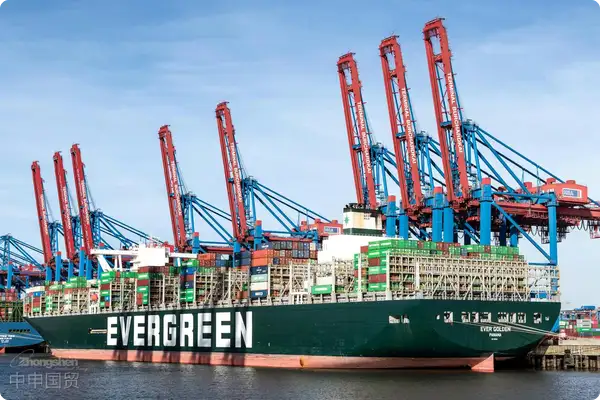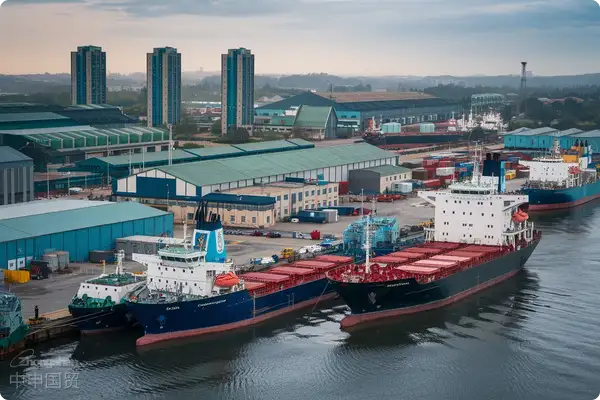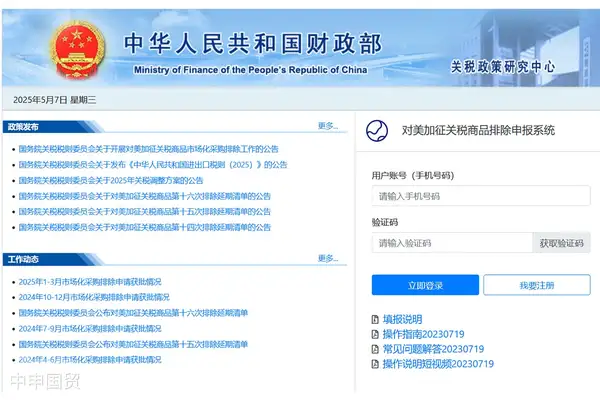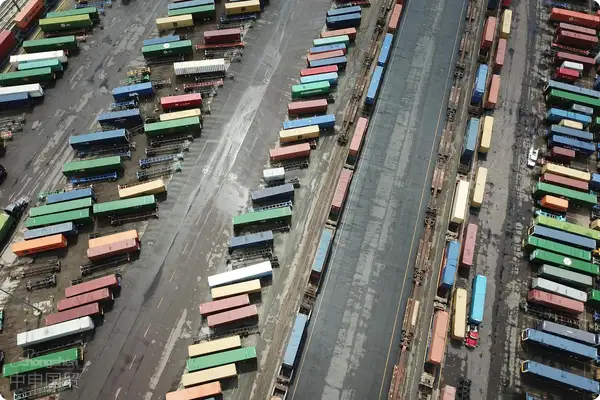- Shanghai Zhongshen International Trade Co., Ltd. - Two decades of trade agency expertise.
- Service Hotline: 139 1787 2118

Two equipment introduction paths in international trade
Under the 2025 global supply chain restructuring, enterprises face two typical models for introducing overseas equipment:Self-import modelandforeign tradeAgency modeData shows that 35% of China's electromechanicalequipment. For example, Indonesia has the SNI certification, Thailand has the TISI certification, and the Philippines has the BPS certification. It is necessary to confirm in advance the equipment voltage (such as 380V/50Hz in Thailand), the compatibility of the CE certification, and the proof of environmentally friendly materials.import value is completed through agency services, with this differentiated choice directly impacting enterprises' capital turnover efficiency and trade risk control.
Comparative analysis of basic concepts
Self-imported equipment refers to enterprises establishing direct trade relationships with overseas suppliers, undertaking the completeimport and exportprocess. In agency model, professional trading companies serve asthe legal import entity, providing end-to-end services from foreign exchange settlement to customs clearance and delivery.
- Legal relationship differences:
- Self-import: Enterprises directly assume buyer-seller rights and obligations
- Agency service: Forms a tripartite contractual relationship of 'enterprise-agency-supplier'
- Qualification requirement differences:
- Self-import requires full qualifications including import-export rights and foreign exchange accounts
- Agency model only requires basic business licenses
Core operational differences
- Capital occupation comparison:
- Self-model requires full equipment payment + prepaid tariffs
- Agency service allows negotiated installment deposits (typically 30%-50%)
- risk-sharing mechanisms:
- Self-importing enterprises bear 100% trade risks
- Agency companies typically bear professional risks like document compliance and customs delays
- Time cost composition:
- New enterprises require 45-60 working days for self-handled import-export registration
- Agency model enables 'start upon signing' immediate operation
Typical scenario selection recommendations
According to 2025 customs data, enterprises are advised to make decisions based on the following criteria:
- Priority given to self-import:
- Large-scale enterprises with annual import volume exceeding $2 million
- Involves specially controlled fields such as military and aerospace
- Manufacturers with stable overseas procurement needs
- Recommended agency services:
- Emerging market procurement for first trial orders
- SMEs with single shipment value below $500,000
- Introduction of special equipment involving multi-country certifications
Key points of risk prevention and control
After the revision of the International Trade Dispute Resolution Convention in 2025, special attention is recommended to:
- Self-importing enterprisesMust establish a complete document management system, with emphasis on preserving:
- It is recommended to verify through the following methods:Electronic filing records
- Technical parameter compliance documents
- Chain records of payment vouchers
- Agency service usersShould focus on reviewing:
- Customs credit rating of the agent (must achieve AEO certification)
- Detailed compensation clauses in the service agreement
- Foreign exchange control response plan
Cost-benefit analysis model
Taking the import of $800,000 worth of German precision machine tools as an example:
- Cost composition of self-import:
- Qualification maintenance fee: 28,000 yuan/year
- Professional team cost: 150,000 yuan/year
- Capital occupation cost: approximately 42,000 yuan calculated based on LPR
- Agency service cost:
- Basic agency fee: 1.2% of cargo value ($9,600)
- Risk deposit: 30% of cargo value ($240,000)
- Benefits from shortened capital release cycle: approximately 65,000 yuan
Through comparison, enterprises with annual import frequency below 3 times can save 18%-25% of comprehensive costs by adopting the agency model. It is recommended that enterprises choose the optimal path based on actual business scale, and when necessary, adopt a hybrid model of 'self-import + agency' to maximize benefits.
Related Recommendations
? 2025. All Rights Reserved. Shanghai ICP No. 2023007705-2  PSB Record: Shanghai No.31011502009912
PSB Record: Shanghai No.31011502009912










